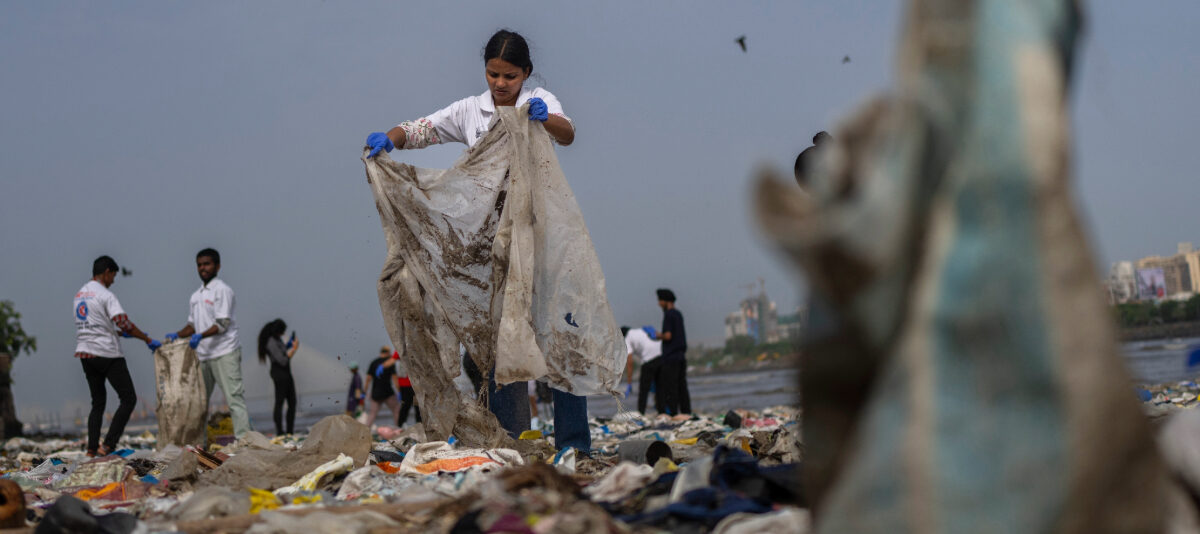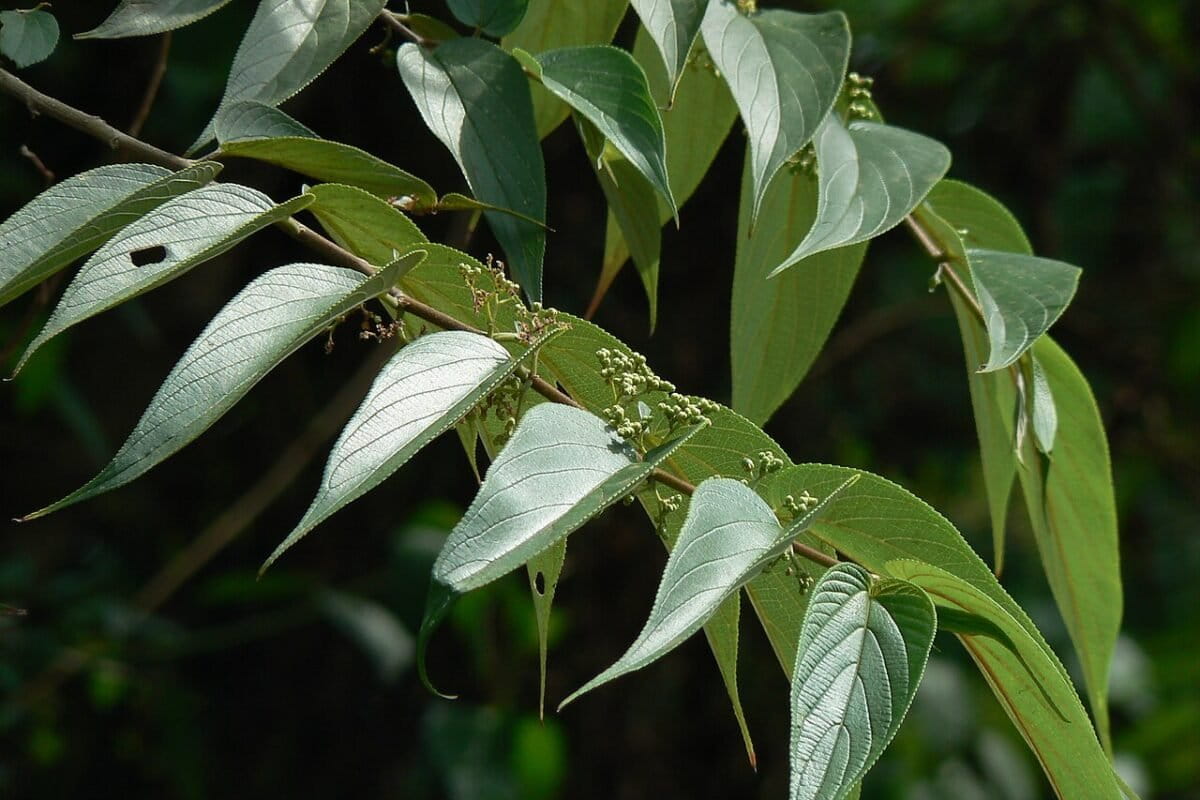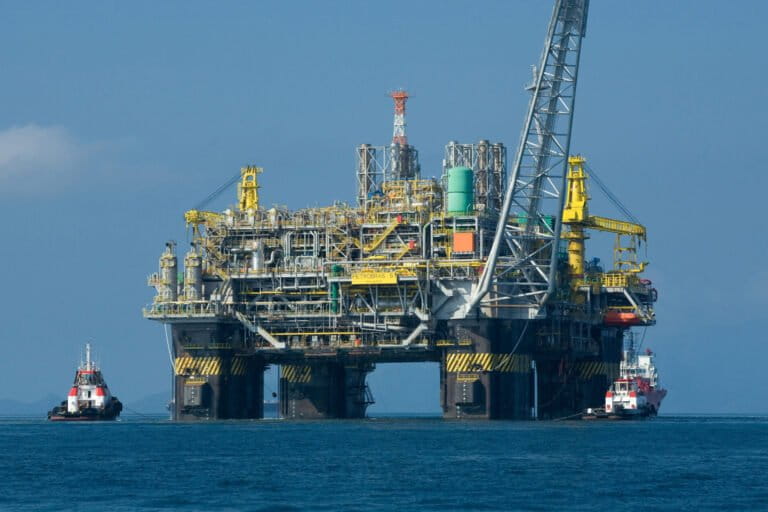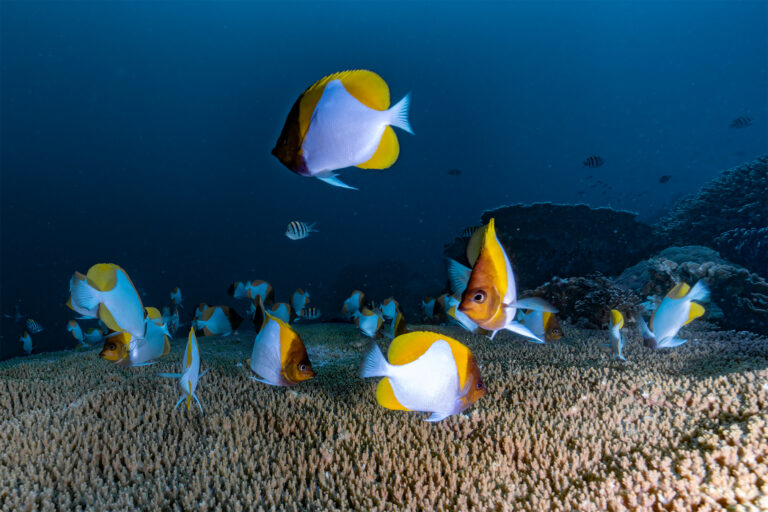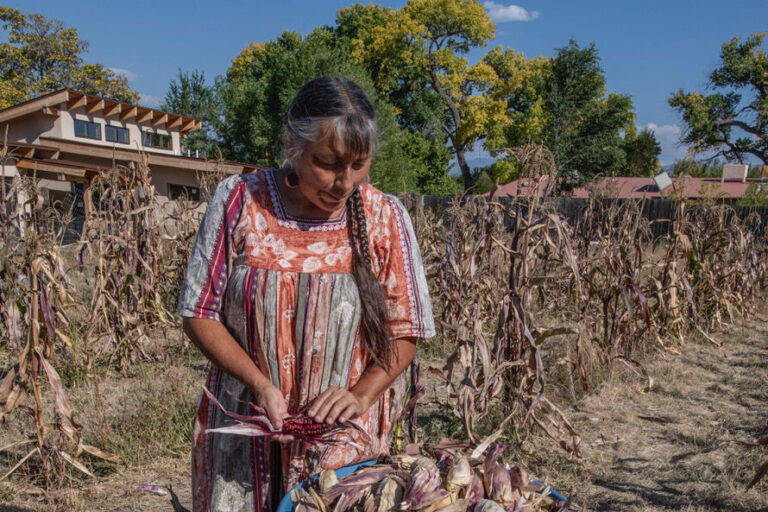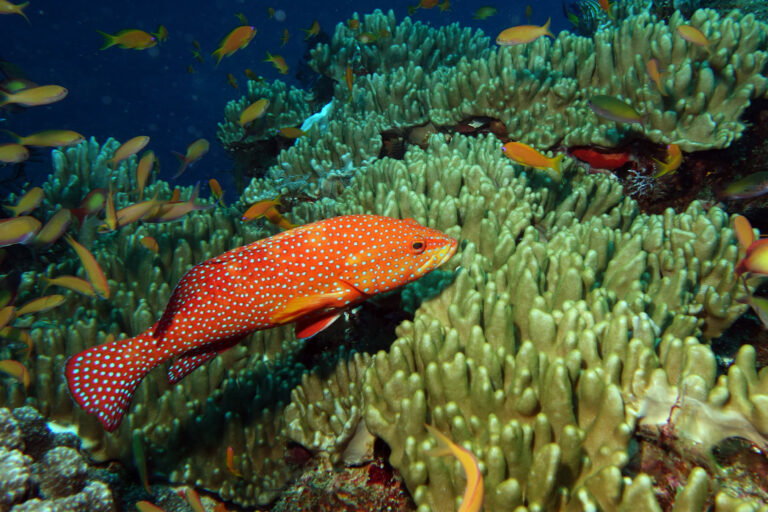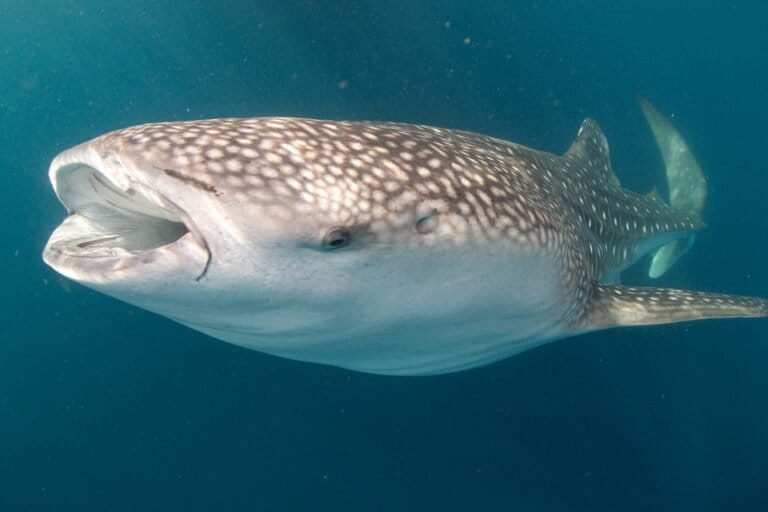- A study on the level of mercury contamination of Bolivian Amazon water sources is urgently needed, experts say.
- According to the latest Global Mercury Assessment report published in 2013, 55 tons of mercury were spilled into the Bolivian water and soil in the year 2012.
- Experts say that the Bolivian Mining Law No. 535 passed in 2014 encourages the taking and illegal possession of land for mining purposes.
Northern La Paz – Fifteen years ago, ex-miner Pedro Espinoza decided to leave behind gold mining and go to live in the middle of a forest in the Yiquimuni area, along the Kaka River, north of La Paz. It was the year 2001, and Espinoza was 60 years old. He had high hopes for his new life in harmony with the forest, away from the dredges, bosses and especially the mercury. His plan was to raise chickens, cows, and plant fruit trees for subsistence.
Pedro Espinoza remembers what life was like before arriving at Yiquimuni.
“I started working in mining in 1980 – back then operations were rustic,” said Espinoza. “First, we worked with frames (operation of a portion of the river). Then in 1982 we started working with mechanization (backhoe loaders and vibrators). Now we work with quicksilver (mercury) to recover the gold dust.”
According to Espinoza, what he saw of mercury disposal was alarming.
“Unfortunately it is thrown into the water,” he said.
The ex-miner did not imagine he would have to deal with the same problem in his new home.
“Before, in the river (Kaka), there were a lot of fish,” he said. “Not now. I have my mesh, and I’m not fishing anything. Before I could catch shad, surubís and catfish.”

The global economic crisis of 2008 led to a new gold mining rush in the countries of the Amazon. This caused a rise in gold prices, growth in global demand and an increase in mining in the Bolivian Amazon.
Mercury: an enemy that needs to be investigated
Mercury is used to increase gold recovery; it binds to metal forming a heavy amalgam that enables the collection of small gold particles in the water. When mercury used in the process of mining it is spilled into the water and transforms to methylmercury, a highly toxic compound that is absorbed by fish.
When someone consumes fish or another methylmercury-contaminated product, the methylmercury enters the bloodstream and spreads quickly to other parts of the body (about 95 percent is absorbed). If methylmercury enters the bloodstream of a pregnant woman, it will enter the developing child’s blood, and from there it will spread to the brain and other tissues, causing damage to the fetus’ nervous system.
According to the latest Global Mercury Assessment report published in 2013 and elaborated for the United Nations Environment Program (UNEP), 55 tons of mercury were spilled in Bolivian water and soil in 2012. This report defined mercury as “a global threat to human and environmental health.”

UNEP figures also claim that Bolivia would have emitted and unloaded around 100 tons per year of environmentally pollutant mercury, of a global total of 1,707 tons in 2010 or 1,607 in 2011. This means that Bolivia is responsible for 6 percent of all the mercury put into the environment due to gold mining.
Ricardo Calla Ortega, sociologist and Bolivian anthropologist, stated in a publication for the Center for Labor and Agrarian Development (CEDLA) that the only named reference on the environmental impacts of mercury in the Bolivian Amazon was conducted in 1992 by the doctorate in chemistry Justo P. Zapata and a multidisciplinary team of 13 specialists in the region of Nueva Esperanza, department of Pando.
The study concluded that “the mercurial contamination is affecting fish population and probably also the human population that feeds on fish […] specifically, the fish for human consumption should have less than 200 particles per billion (ppb) of mercury (according to WHO standards), […] values that are below the average of 575 ppb and 799 ppb obtained in the two seasons (dry and wet) that the study was conducted on.”

The study also states that higher mercury levels were found “in the black pacu (Colossoma macropomun) and Surubí (Pseudoplastystoma fasciatum), collected in the municipality of Trinidad, on the Mamore River, department of Beni, with 2,185 and 2,109 ppb, respectively.” No other in-depth study has been done on gold and mercury in any of the areas or sub-areas of the Bolivian Amazon since the 1992 study.
“The hypothesis that fish contamination in the sub region could have worsened following the latest international boom in gold prices is plausible, and a serious investigation is urgent,” said Calla Ortega.
Mining: a threat to the Pilon Lajas Biosphere Reserve
From the Yiquimuni forests it is a just a trip down the Kaka River to the waters of the Beni River. In Bolivia, the so-called “golden route” stretches for about 217 miles, beginning in the Yungas region and extending to the municipalities of Tipuani, Guanay, and Teoponte. At the imposing Beu Canyon, according to Hermindo Vies, one of the park rangers of the nature reserve at the time, the canyon is “in the territory of the Pilon Lajas Biosphere Reserve.”

Vies, also known as “Mindo,” was born in the community Asunsión del Quiquibey, an indigenous community of Tsimane people located in the Pilon Lajas Biosphere Reserve and Communal Lands, along the Quiquibey River. When he was a child, his parents taught him to respect and value nature, which later was one of his motivations to become a ranger.
“Being a ranger is not easy, sometimes during patrols we face risky situations, such as encounters with armed offenders (hunters and illegal loggers),” said Vies.
Henry Apuri and the defense of his territory
Henry Apuri is originally from Leco, one of 36 indigenous groups that the Bolivian constitution recognizes.His last days have not been the best, Henry and his family are being confronted by the cooperative Teoponte Union, which operates in the municipality of Teoponte in La Paz.
“Before, the holes were 400 meters above the riverbank and did not affect me, but now they are only 20 meters from my house. There are 50 to 60 people removing trees, and they have opened a huge crater behind my property. Their way of working is based on intimidation. This cooperative has no environmental record or legal documents and continues to operate illegally,” said Apuri, who fears a confrontation.

According to the Regional Federation of Auriferous Mining Cooperatives (FERRECO), there are 1,700 mining cooperatives in Bolivia, of which 65 percent, about 1,100 of them, are engaged in gold mining. The remaining 35 percent extracted other minerals like tin, wolframite, silver, lead and antimony in the regions of Potosi, Oruro, and Cochabamba. From the 1,100 that are engaged in gold mining, 91 percent operates in the municipalities of the northern department of La Paz, becoming the leading producerof this metal in the country with revenues bordering 5.1 million dollars, according to the National Information Service of Commercialization and Mining Exports (SENACOM). In 2014, domestic production set a record reaching 34 tons, according to the National Service for Registration and Control of Commercialization of Minerals and Metals (SENARECOM).
In the study “routes of illegal gold” of the Peruvian Society for Environmental Law (SPDA) (which analyzes five cases in the Amazon) determined that the new Bolivian Mining Law No. 535, promulgated on May 28, 2014, although defines exploitation and illegal commercialization of mineral resources as one that is “effected, without the authorization or a granted right […]” — activities subject to penalties including arrest, seizure and/or destruction of the machinery used, and initiating criminal actions proceedings — there are other provisions that encourage the taking and illegal possession of land for mining purposes.

This can be seen in the Article 128 of the mentioned norm, where, among the requirements to acquire a prospecting and exploration license, you need to have legal personality or a certificate proving that it is in process.

“Is it a crime to defend flora and fauna? Is it a crime to want to return to our birth land? Apparently yes, it is a crime for those who see your return as a threat and impediment to quench their thirst for ambition,” said Mabel Poma, wife of Henry Apuri, while indicating that her husband has become an obstacle for gold miners in Teoponte.
In July, I received the news that the property of Pedro Espinoza in Yiquimuni was overwhelmed by miners who entered with heavy machinery and started clearing the forests that he took care of for the last 15 years.
The pain that Espinoza feels is now moral suffering, and he feels anger and frustration due to the effects that are causing the gold rush.
This story was reported by Mongabay’s Latin America (Latam) team and was first published in Spanish on our Latam site on September 30, 2016.


